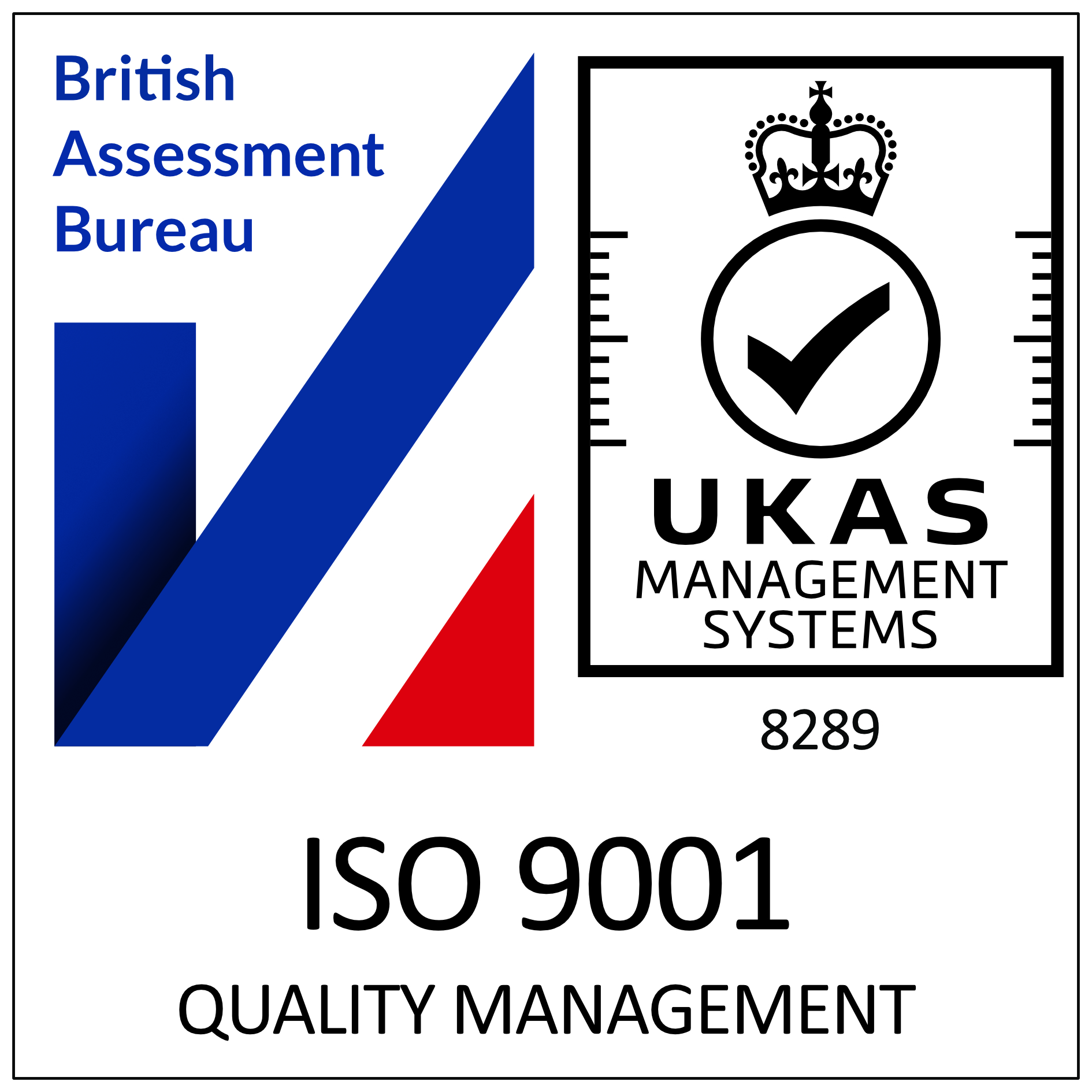Choosing The Right Doors For Healthcare
Health and safety are of paramount importance in every public building – there are mandatory rules and regulations that must be met in these environments with regards to fire safety and general well-being. Nowhere are these considerations more important than in the Healthcare sector – healthcare environments such as hospitals and care homes house many infirm or elderly occupants with limited mobility – in the event of a fire outbreak these people may have greater difficulties in evacuating the premises than others and are especially vulnerable. Another massive consideration in these environments is, of course, infection control and hygiene – as hygiene standards continue to rise it is important that these environments keep pace with the necessary standards. To that end, all aspects of these healthcare buildings need to be taken into consideration – and hospital doors play a vital role in this protection – hospital doors are used by everybody within these environments and can, therefore, be a major risk for cross-contamination and infection. Having the correct doors installed is essential for the protection of those occupants – here are a few aspects of important consideration with regards to doors in healthcare settings:
Hospital Fire Doors
Installing manufactured specialist fire doors in healthcare establishments is essential – doors in these environments must be durable and hard-wearing – they get constant use and will often be subject to damage from trolleys, wheelchairs, portable beds, and other equipment as well as being constantly exposed to considerable foot traffic. Hospital fire doors need to be easy to maintain as any damage to the structure or fixtures can render a fire door unfit for purpose. Doors with any kind of damage such as cracks, holes, or gaps, will not only render them ineffective in the event of a fire outbreak, but can also harbour harmful bacteria, thus compromising hygiene and contamination safety in these vulnerable areas. In different areas of hospitals and some healthcare facilities the fire doors will also be required to serve other purposes – for example, lead lined doors may be necessary in rooms used for x-rays or where other medical scanning equipment is operated, whilst many areas of a hospital, such as operating theatres and many wards, benefit from soundproof fire doors to reduce noise and maintain quiet environments. Hospital doors can be manufactured with hygienic hinges and the smooth, seamless construction of these doors means there are no ledges or surfaces that can harbour bacteria – the high-quality materials used also ensure that they won’t warp, rot or rust.
Maintenance
It is usually the responsibility of the building manager or, in some cases, the building owner, to perform risk assessments and maintain safety standards throughout the building including the fire doors. Hospital fire doors should be checked at least every six months for structural damage or deformation – any faults or damage identified should be rectified immediately. In these environments though, of such heavy use and the volume of traffic, fire doors should be checked weekly, and the main entrance and corridor fire doors should be checked monthly.
Checks To Perform
Aspects such as lubrication, cleaning, tightening of any loose screws or bolts, and wear and tear on handles and hinges should be immediately rectified. Deep cleaning of these doors should also be regularly performed. As well as the visible structure and solid materials of the doors, all gaps, door leaves and frames should be checked along with the intumescent and smoke door seals (to restrict any spread of smoke from a fire outbreak) and any damage or potential compromise should be reported and replaced immediately. All fire doors should be officially certificated and approved, and clearly labelled as such.
What A Fire Door Does
With regards to the specific threat of fire outbreak it is important to understand the protection a fire door provides. Fire doors ensure that in the event of a fire outbreak it can be contained within the area of initial ignition – this prevents the spread of the harmful aspects of fire – the smoke, flame, and heat – to other areas of the building. Fire doors are manufactured with different resistance times – an Fd30 door will contain the fire elements for a minimum of 30 minutes, an Fd60 door for sixty minutes and so on. All fire doors will be appropriately labelled so that they can be identified and recognised as such.
Hospital doors are a critical component of any healthcare facility – they can provide the safety and protection of patients, staff and any other users of the facility and should, therefore, meet all the necessary stringent requirements and standards. It is always advisable to speak with an established fire door manufacturer or supplier – their experience and knowledge of the requirements for these specialised doors will ensure you receive doors that meet all the legal requirements for these environments and have been thoroughly tested and officially certified for purpose.
Enfield Doors
If you would like more information about the right doors for healthcare, please contact us.







